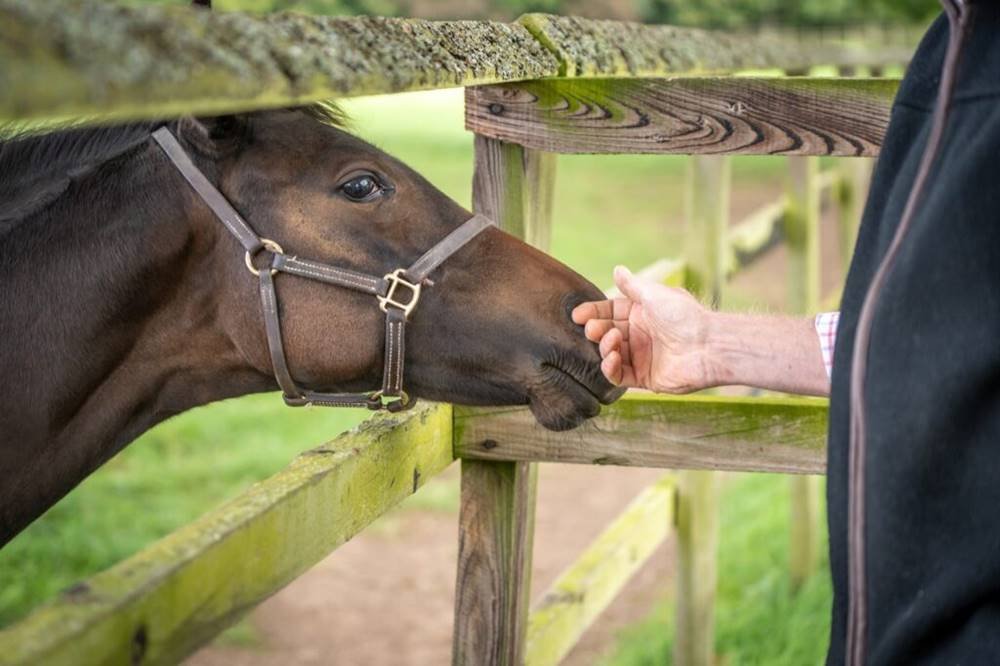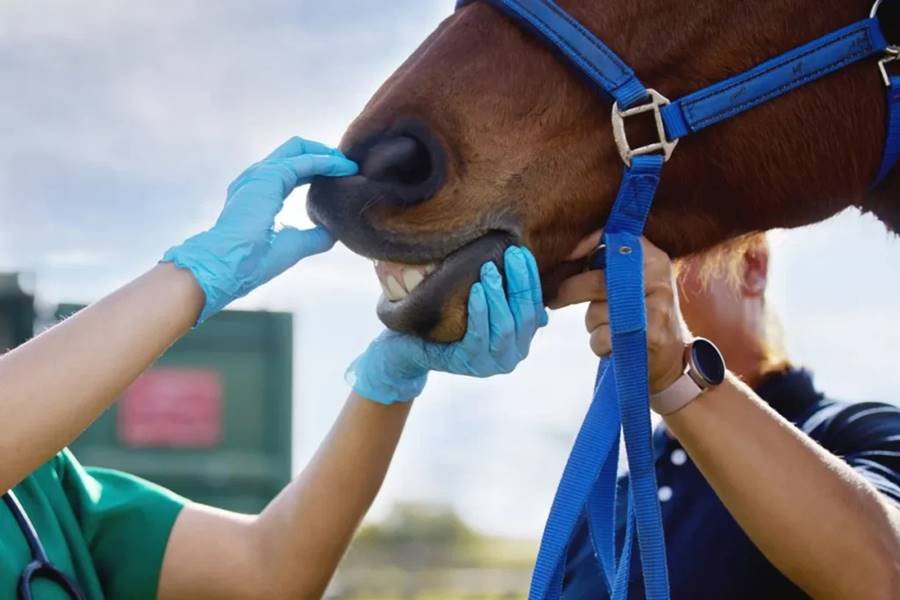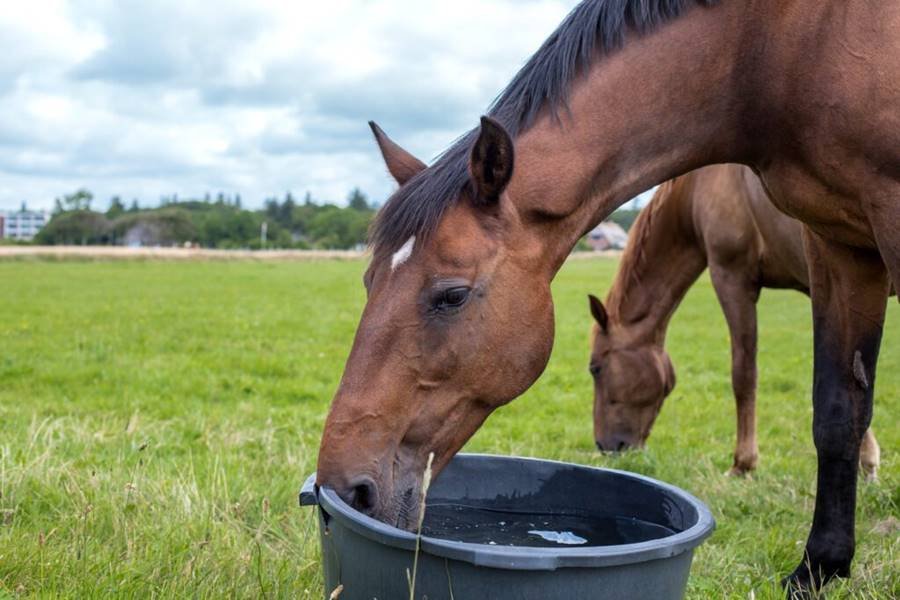Creating the Perfect Horse-Friendly Barn Environment: Tips for Comfort, Safety, and Happiness
When it comes to horse care, the barn is more than just a shelter—it’s a sanctuary where your equine companions should feel safe, comfortable, and content. A well-designed, horse-friendly barn environment not only promotes the physical well-being of your horse but also nurtures their mental health. Whether you’re building a new barn from scratch or looking to improve your existing setup, there are several key considerations to make the space as horse-friendly as possible.
Here are some top tips to help you create the ideal barn environment for your horses:
1. Prioritize Space and Layout
The first thing to consider when designing your barn is the amount of space available. Horses are large animals, and they need room to move freely and comfortably. Stalls should be spacious enough for your horse to turn around, lie down, and get up easily without feeling cramped.
- Stall Size: A standard stall should be at least 10×10 feet for smaller horses, but for larger breeds, you might want to go up to 12×12 feet or even larger.
- Aisle Width: Ensure the barn aisles are wide enough to allow easy movement of horses, especially when leading them in or out. A width of 10-12 feet is ideal.
- Ventilation: A good airflow is essential to prevent respiratory issues and to keep the air fresh. Install windows and vents at various levels to allow for cross-ventilation. Ceiling fans or exhaust fans can also help keep the air circulating, especially during warmer months.
2. Flooring for Comfort and Safety
The flooring in your barn plays a huge role in both the comfort and safety of your horses. The right flooring will help reduce stress on their joints and minimize the risk of injuries.
- Rubber Mats: These mats are a great investment for the floors of your horse’s stalls. They provide cushioning and reduce the wear on hooves, which can be beneficial for both young and older horses.
- Absorbent Bedding: Straw or shavings make for great bedding options because they help absorb moisture and keep the stall dry. This helps maintain cleanliness and ensures your horse is always in a comfortable, dry space.
- Non-Slip Surfaces: In aisles and wash areas, consider using non-slip flooring materials such as rubber pavers or textured concrete to prevent slips and falls, especially in wet conditions.
3. Safety First: Proper Fencing and Stall Design
Your barn’s safety features will go a long way in protecting your horse from injury and creating a stress-free environment.
- Smooth Edges: All surfaces inside the barn—particularly stall walls, doors, and fencing—should be smooth and free from sharp edges that could cause injury. Use rounded corners and ensure there are no nails or screws sticking out.
- Stall Dividers: Consider using durable, solid stall dividers to keep horses separated while also allowing them to see each other. This can reduce feelings of isolation while maintaining a sense of security. Avoid wire or flimsy materials that could break or cause harm.
- Doors and Latches: Choose easy-to-open, secure latches that cannot be easily tampered with, ensuring both your safety and your horse’s. Automatic door closers or self-latching gates can also help maintain a safe environment.
4. Lighting Matters: Natural and Artificial Light
Lighting is essential for both practical and emotional reasons. Horses thrive in natural light, and adequate lighting helps you care for them more efficiently.
- Maximize Natural Light: If possible, design your barn with plenty of windows or skylights to take advantage of daylight. Horses feel more at ease when they have access to natural light.
- Energy-Efficient Lighting: In areas where natural light is limited, make sure the barn is well-lit with energy-efficient lighting. Use soft, non-glaring lights that won’t stress the horses. Consider LED lights, which are energy-efficient and long-lasting.
5. Temperature Control and Insulation
Horses can tolerate a variety of weather conditions, but it’s important to provide them with a comfortable environment, especially during extreme temperatures.
- Insulation: Proper insulation helps maintain a consistent temperature inside the barn. It will keep your horses cool during hot summer months and warm during the winter. Insulate the roof, walls, and doors to improve comfort year-round.
- Heating and Cooling: In extremely cold climates, consider adding heating in areas where horses spend a lot of time, like the tack room or wash bay. Conversely, cooling systems like fans or misters may be necessary during hotter months.
6. Hygiene and Cleanliness
Maintaining a clean barn not only promotes a healthier environment for your horses but also reduces odors and the build-up of bacteria.
- Waste Management: Have a plan for manure disposal, such as a manure spreader or composting area, to keep your barn tidy and prevent unpleasant smells.
- Regular Cleaning: Clean the stalls daily to remove wet bedding, soiled hay, and leftover feed. This helps prevent the spread of diseases and keeps your horses in a fresh environment.
- Disinfecting: Regularly disinfect your barn, especially high-touch areas like door handles and feeding equipment. This prevents the spread of harmful bacteria and viruses.
7. Create an Enriched Environment
Horses are intelligent, social animals, and an enriched environment will keep them happy and mentally stimulated.
- Toys and Entertainment: Provide safe toys or objects like hanging balls or treat dispensers to entertain your horses when they’re in their stalls.
- Socialization: If your horses get along, consider designing the barn to allow them to socialize with each other. Horses are herd animals, so having a buddy nearby can reduce stress and prevent boredom.
- Exercise Areas: If you have space, provide a designated area for your horses to stretch their legs and engage in free movement. This could be an outdoor arena, a round pen, or even a small turnout area.
8. Keep the Barn Organized
An organized barn is not only more functional but also safer for both you and your horses. Having a designated place for all your tools, feed, and tack can help keep the barn running smoothly.
- Storage Solutions: Invest in shelves, cabinets, and hooks to keep your equipment organized. Having a designated area for feed and tack will help prevent accidents and ensure that everything you need is easily accessible.
- Routine Checks: Establish a regular routine for inspecting the barn to ensure everything is in working order. This includes checking for any damage to stalls, doors, and fences, as well as ensuring that all safety equipment is intact.
The Happy Horse Barn
Creating a horse-friendly barn isn’t just about building a shelter; it’s about designing a space that supports your horse’s physical and emotional well-being. With the right planning, materials, and attention to detail, you can create a safe, comfortable, and enriching environment that helps your horses thrive. Keep their needs in mind as you plan your barn’s layout, and don’t forget to prioritize safety, cleanliness, and comfort. After all, a happy horse is a healthy horse!




